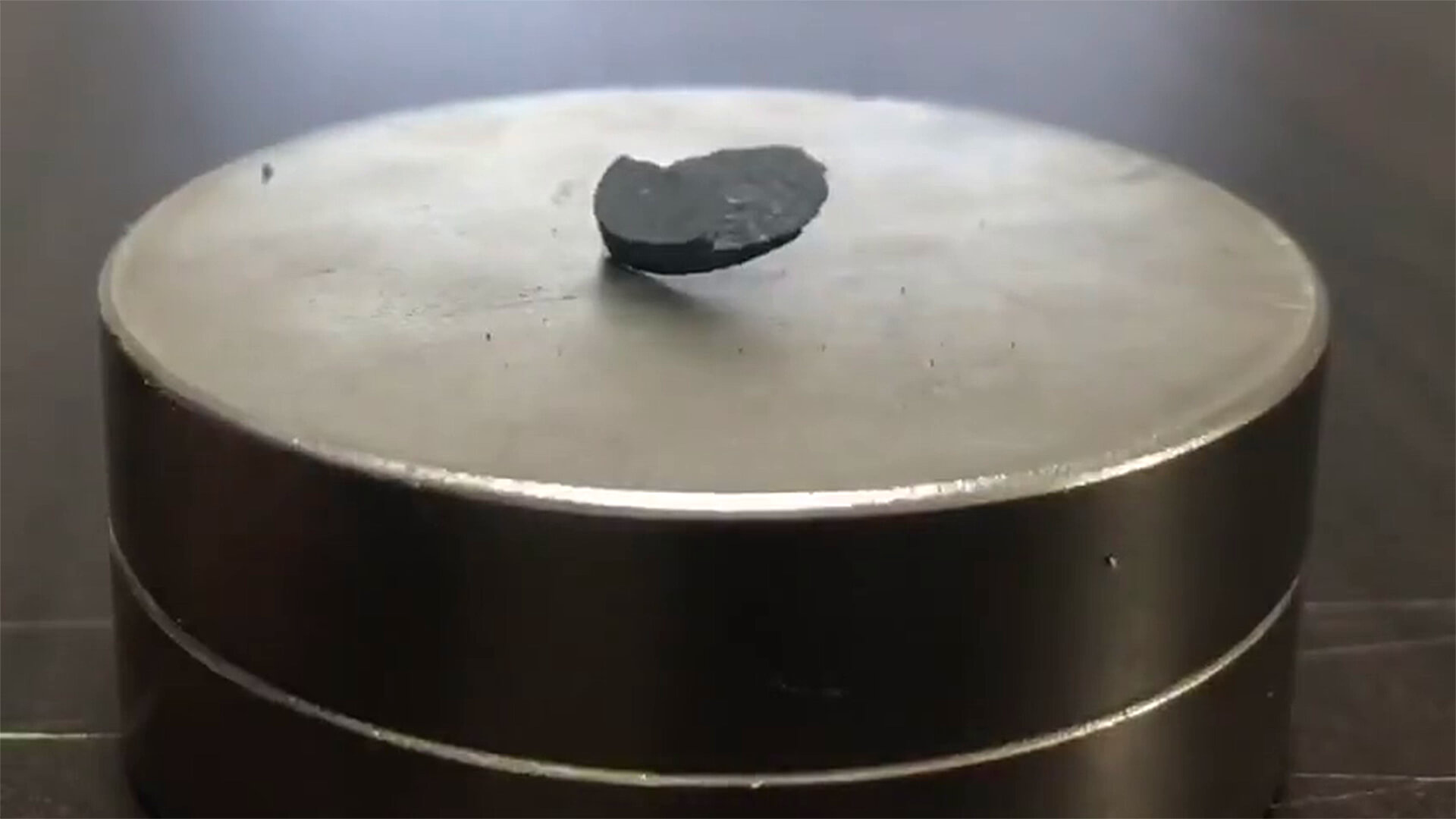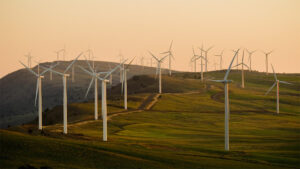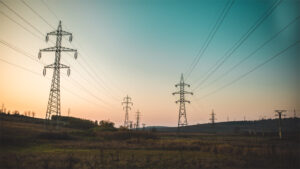Today’s video comes to you from the peak of Mount Evans.
Is the superconductor of every Green’s dreams finally here? I hate to burst your bubble, but the LK-99 is just too good to be true.
Despite their claims, these ‘new’ studies on LK-99 have largely been dismissed by the scientific community due to inconsistencies in the methodologies used. In reality, we haven’t gotten any closer to the superconductors we’ll need for the green transition to stick.
One of the big problems with green energy comes down to transmission. Once your solar panels or wind turbines generate all this power, you still need to get it to the people who will use it. If you can’t do that, then what’s the point?
While this might not be the answer to our superconductor needs, at least this topic will get some new eyes on it and much-needed attention. And who knows, maybe it will even kickstart policy reform…
Prefer to read the transcript of the video? Click here
Here at Zeihan On Geopolitics we select a single charity to sponsor. We have two criteria:
First, we look across the world and use our skill sets to identify where the needs are most acute. Second, we look for an institution with preexisting networks for both materials gathering and aid distribution. That way we know every cent of our donation is not simply going directly to where help is needed most, but our donations serve as a force multiplier for a system already in existence. Then we give what we can.
Today, our chosen charity is a group called Medshare, which provides emergency medical services to communities in need, with a very heavy emphasis on locations facing acute crises. Medshare operates right in the thick of it. Until future notice, every cent we earn from every book we sell in every format through every retailer is going to Medshare’s Ukraine fund.
And then there’s you.
Our newsletters and videologues are not only free, they will always be free. We also will never share your contact information with anyone. All we ask is that if you find one of our releases in any way useful, that you make a donation to Medshare. Over one third of Ukraine’s pre-war population has either been forced from their homes, kidnapped and shipped to Russia, or is trying to survive in occupied lands. This is our way to help who we can. Please, join us.
CLICK HERE TO SUPPORT MEDSHARE’S UKRAINE FUND
CLICK HERE TO SUPPORT MEDSHARE’S EFFORTS GLOBALLY
TRANSCIPT
Hey everybody. Peter Zeihan here coming to you from the peak of Mount Evans. Behind me is Mount Bear Start and Square Top. And behind that, Geneva and Silver and Decatur and treasurer and all the others. Today we’re in talk about something a lot of you have written in about, and that is the 99 superconductor information that has recently been leaked onto Twitter and Reddit.
The idea of a superconductor is it doesn’t lose any of its throughput regardless of distance. And if you can do that over long distances, you can transfer power from anywhere to anywhere relatively easily and cheaply. That’s the idea anyway. The short version for Elk 99 is that it’s probably nothing. The reports in question date back over 15 years, and the only thing that’s new is that they were leaked and they were put online and a number of institutions within Korea, because that’s where the first tests were done.
I’ve already come out and saying that at best they’re flawed, but none of them have ever been replicated, including by the team that did the original report. So there’s probably nothing here. It’s just that it’s getting a little bit of fresh air all of a sudden. Now, if you want to bet on semiconductors, I welcome you to to it.
It’s one of the materials science breakthroughs that we really need if we’re going to make the green transition stick. One of the problems we have with the green transition is that you can generate a lot of solar in the southwest and a lot of wind power in the Great Plains, but that’s not where most of the American population lives.
And even in the United States, where people only, only live, a couple thousand miles away from those zones, that’s much better than you’ve got in, say, Europe, where you’d have to basically go to the great Eurasian steppe for wind and into the Sahara for solar. So if you can solve the semiconductor and the transmission problem, great. There’s also another issue in the United States, because it’s hard to transmit power.
And, you know, very, very, very, very loose rule of thumb. If you transport power about 500 miles, it costs almost as much to do that transmission because of the loss as it does to generate the power in the first place. So you’re generally not going to send electricity very far. What that means is in the United States, most electrical concerns, all the utilities are local.
So each town or each county has their own. There are very few large utilities in the United States. And if you want to make solar and wind work at scale, you either need larger and larger and larger entities, or you need the ability to transfer power across jurisdictional lines, especially state and grid boundaries. Superconductors would, in theory, allow us to do that technically, but we still need the legal structure to do it.
Now you can do high voltage lines, which will double, triple, maybe even quadruple the distance. You can send power in an economically viable manner. But until you can cross those boundaries, it doesn’t really matter. So what we need now, even before we get superconductors, is a multiple acts of Congress to break down the legal jurisdictions to allow power to be sent long distances.
And as soon as Congress does that, a number of states will sue. Because right now this has been a local and a state legal prerogative. So we need a significant legal overhaul before we can really do the green transition, even if we did have superconductors. So I’d say start now and get the laws changed. And then hopefully we can have that physical science breakthrough that is necessary to do this at scale and over distance.
Okay. That’s it. Take care.








